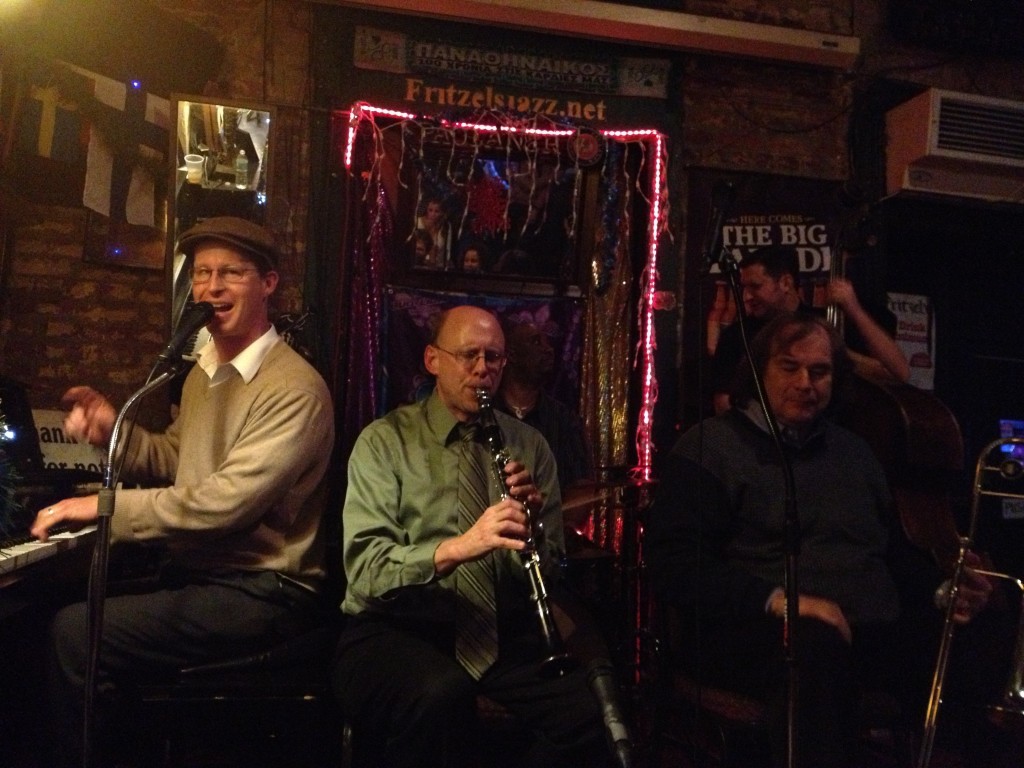Three to four inches (75 to 100 mm) of the lightest, coldest (around 10 F (-12 C)) powder snow was just an illusion in Perrysburg last weekend (Feb 2, 2013).
The geese are too cold to shake the snow from their backs
The oldest of the beehives, with its 3 year old queen, gave up the ghost, along with about 4,000 worker bees, in the deepest cold of winter, despite having honey to spare.
There was a strange crystaline material in open honeycomb cells in the middle of the dead cluster. Some said it is crystalized honey. Has anybody seen this before?
The new hive is very healthy and energetic.
I set the Black Diamond trail and the Green cross-country ski trails and did nasty damage to the ski bottoms as the powder just blows away when you ski through it, revealing grass which wipes off all the ski wax and nasty little stones which do worse damage.
The trail has been reset to start at the Constitution Cannons at the East end, and circle old Fort Meigs at the West end. (The Green trail starts below the Cannons and runs flat and level along Water Street for complete beginners). The new asphalt path under the Maumee bridge is very helpful. It is very clean so a little snow covers it well.
Best verified times for the full loop are now being recorded:
Black Diamond Trail, ungroomed, 70 yr+ age category: 58 mins
Green Trail 52 mins
The trouble with powder snow and no base is that it offers no tracking direction to the skiis. When they touch a tree root they wander at will, often invoking the laws of unitended consequences.
Three heavy bruises were detected by the Detroit airport full body scanner (see previous ski blog) on Tuesday morning at 5:30 on my way to New Orleans to complete my farewell to IGMA friends and the glass industry I knew so well, having now happily retired.
In Nawlins (New Orleans, LA) Preservation Hall has 45 mins of grand old Dixieland music, every hour, on the hour, for $15. Not to be missed. They had a drum solo in St Louis Blues that must have lasted at least 4 minutes – audience and all were equally delighted and exhausted.
Further East along Bourbon Street, on the North side, is Fritzels where Tom Fischer’s band plays traditional Dixieland jazz (there are very few places left), allow photographs and serve good beer.
 Richard Scott the pianist plays awesome Fats Waller and Jelly Roll Morton:
Richard Scott the pianist plays awesome Fats Waller and Jelly Roll Morton:
Big beads are the fashion this year as New Orleans warms up for Mardi Gras on Tuesday 12th. Feb.

















